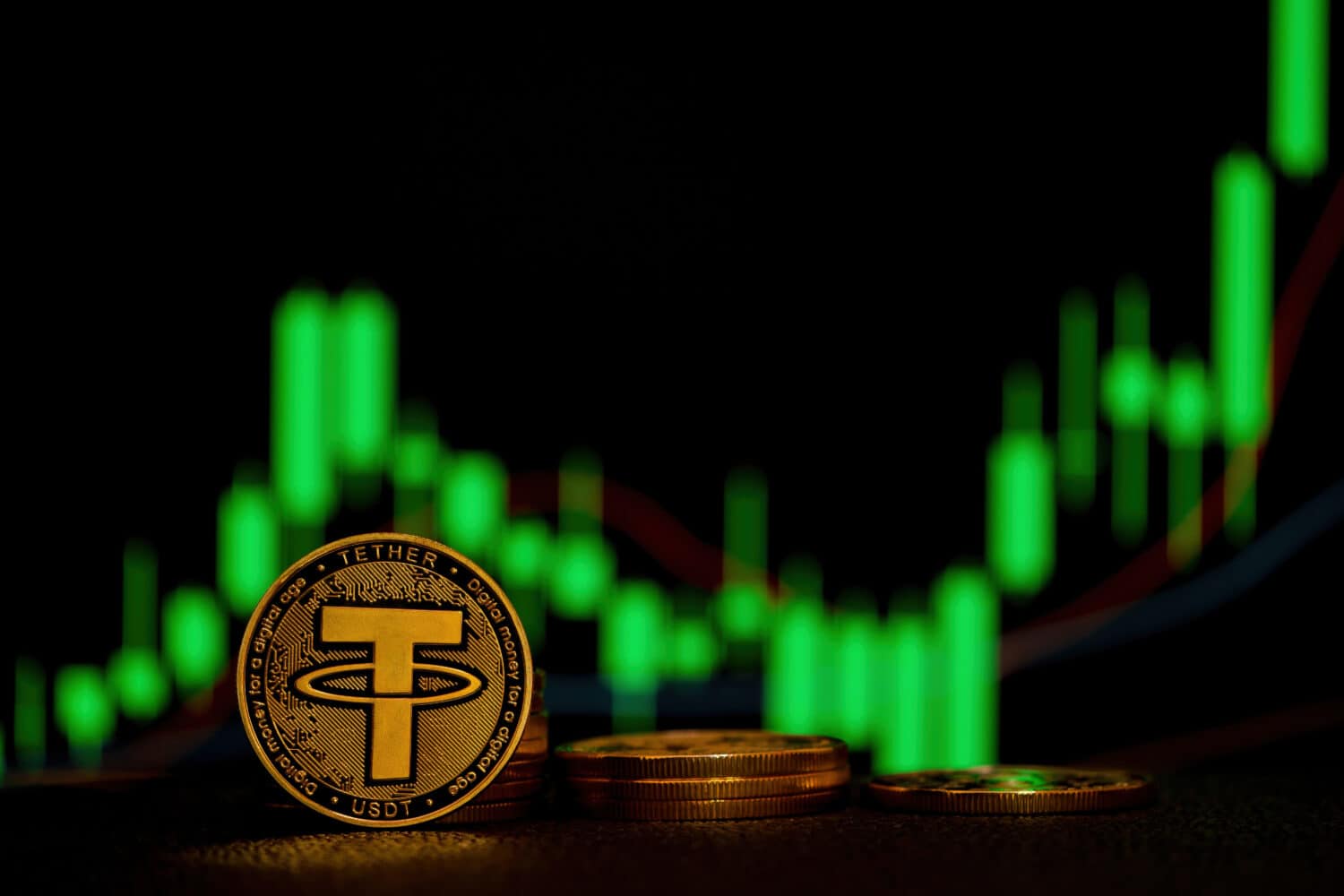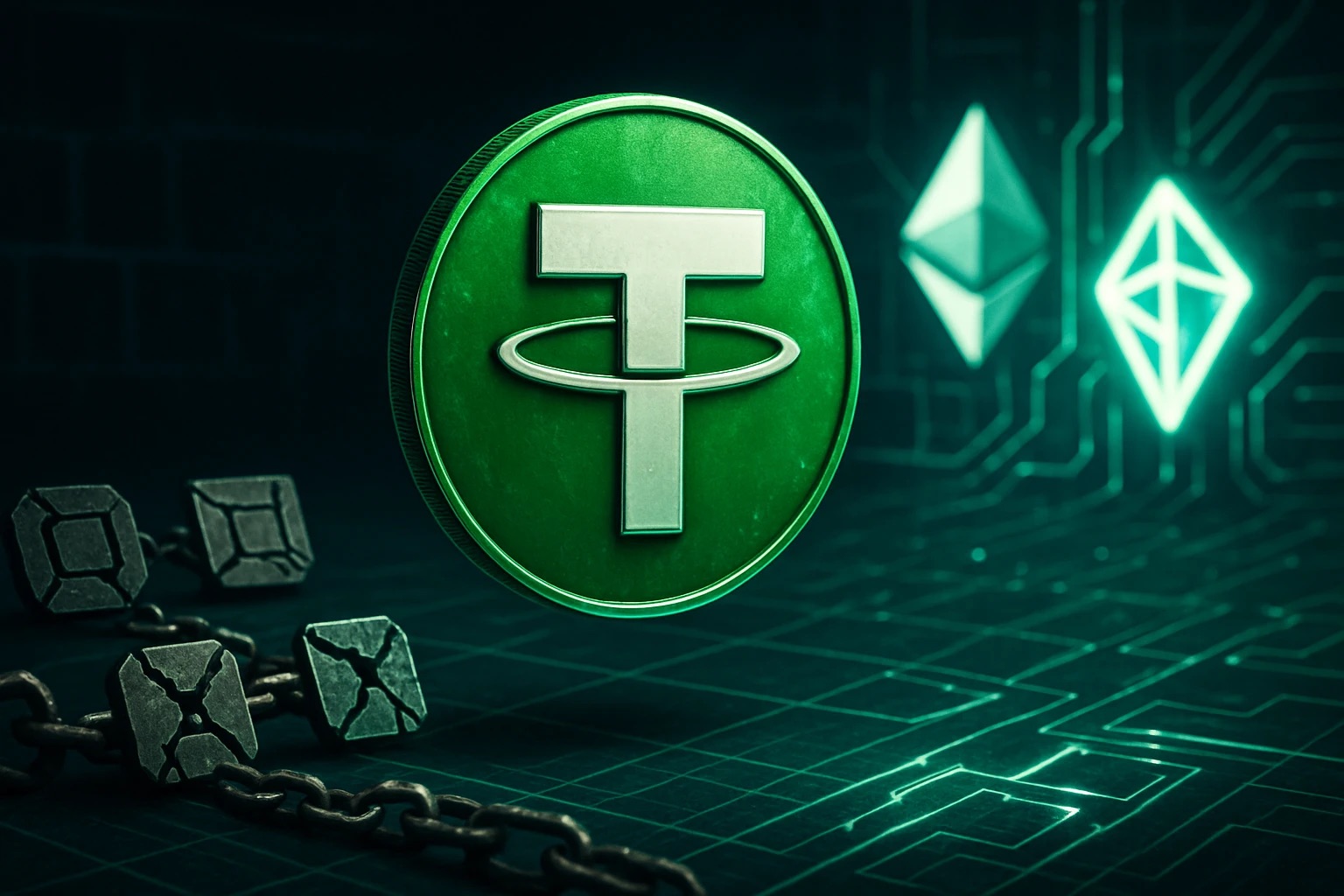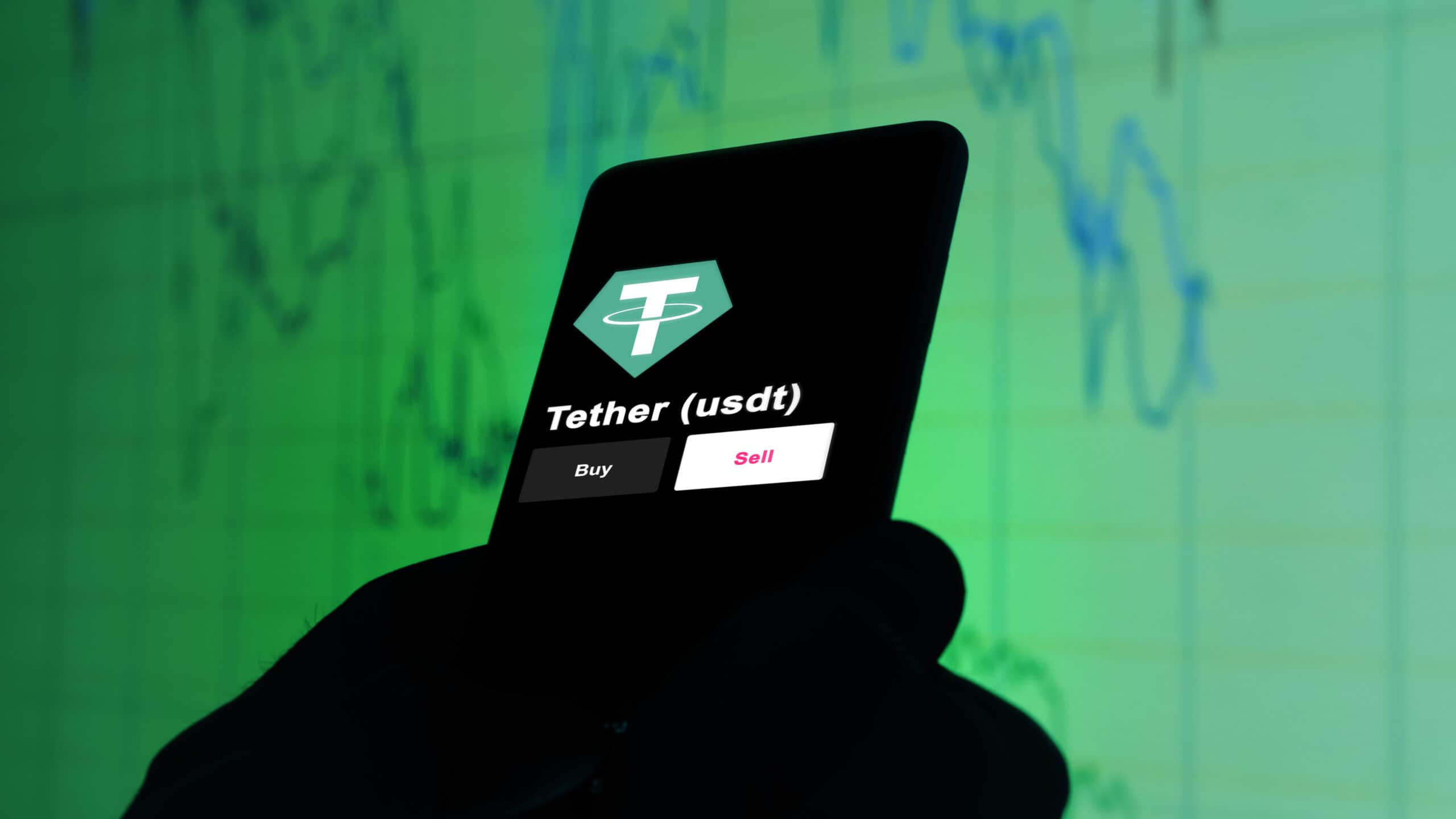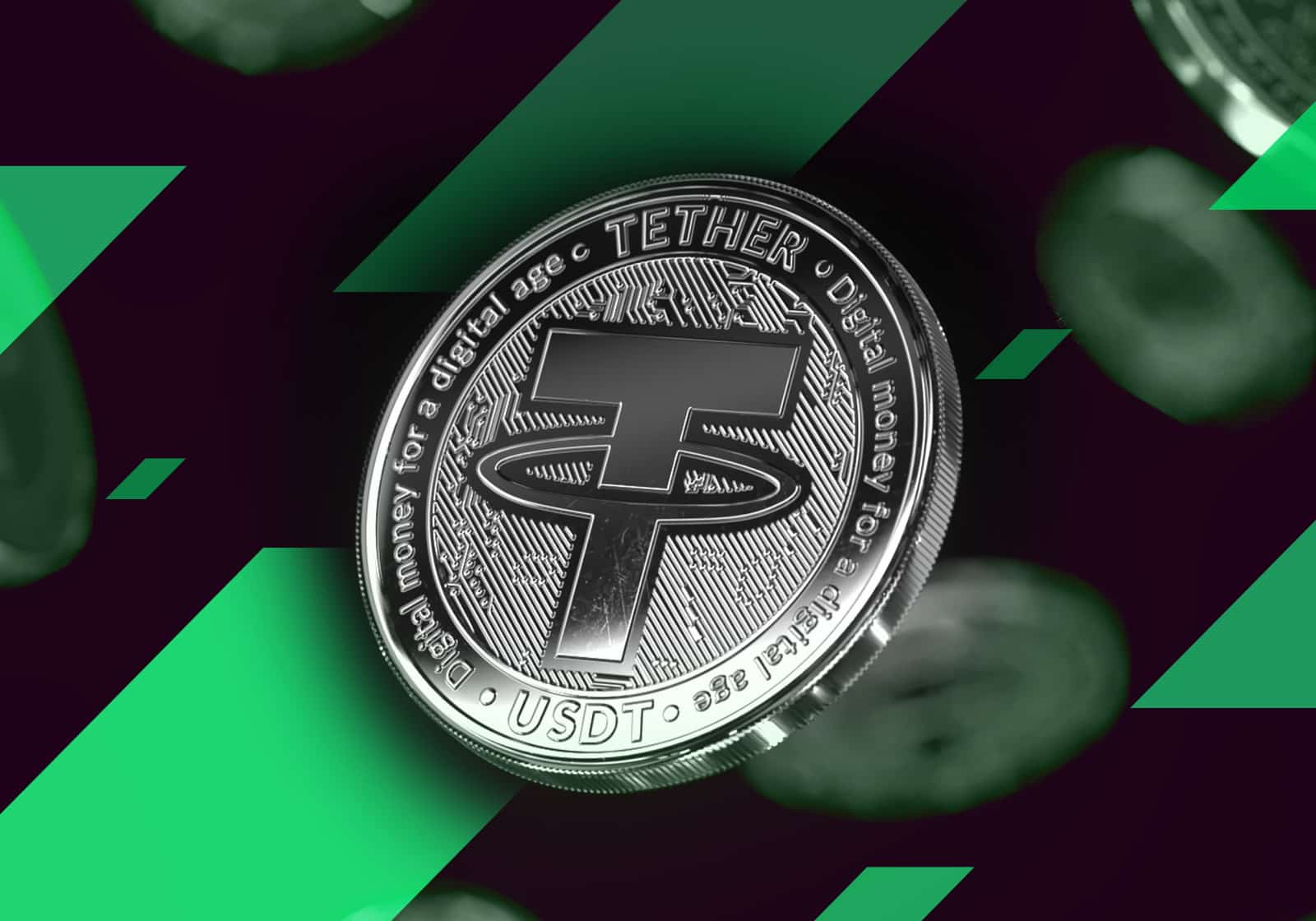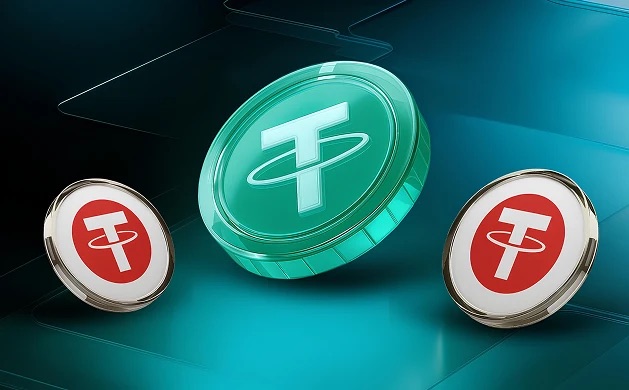The USDT exchange rate in Hong Kong is always a focus of attention. When choosing an exchange platform, many people worry about opaque exchange rates or high fees. This article will help you compare several popular USDT exchange platforms in Hong Kong, analyzing exchange rates, security, and transaction speed. We’ll use real-world examples to illustrate which platforms offer the best exchange rates and how to avoid hidden fees. For example, some platforms may advertise low fees but offer suboptimal exchange rates, potentially costing you more money. We’ll also examine the platform’s reputation and user reviews to help you choose a reliable and cost-effective option. Whether you’re a beginner or an experienced trader, this comparison will help you make a more informed decision and ensure you get the best price every time you exchange.
Basic Introduction to USDT Exchange Rate
The USDT exchange rate in Hong Kong directly impacts transaction costs and returns. As a stablecoin pegged to the US dollar, USDT (Tether)’s exchange rate is primarily driven by three factors: US dollar exchange rate fluctuations, market supply and demand, and platform liquidity depth. The USDT/HKD exchange rate in the Hong Kong market is typically calculated by cross-calculating the offshore RMB exchange rate with the USD/HKD exchange rate. When market buying demand surges, USDT experiences a positive premium; heavy selling leads to a negative premium. Real-time tracking of USDT/USD quotes on international cryptocurrency exchanges is crucial for determining the benchmark exchange rate.
Hong Kong investors should pay attention to the differences between different pricing methods:
- Direct quote: Displays how much HKD 1 USDT is worth
- Indirect quote: shows how much USDT 1 HKD is worth
- Cross exchange rate: converted using the US dollar mid-point rate
The depth of liquidity providers determines whether large trades will incur price slippage. USDT exchange rates in the OTC market typically include spread costs, which explains slight discrepancies in real-time quotes across different platforms. Understanding the exchange rate formation mechanism helps identify unusual quotes and potential arbitrage opportunities. Investors should access real-time market depth data from USDT exchange platforms to avoid large trades during periods of low liquidity.
Hong Kong Platform Market Overview
Hong Kong’s cryptocurrency exchange market presents a diverse ecosystem. Physical money changers are concentrated in commercial districts like Mong Kok and Tsim Sha Tsui, offering face-to-face cash transactions. Online platforms have developed two main models: instant messaging quotes and automated trading systems. Market participants include professional market makers, individual brokers, and hybrid service providers. Transaction sizes range from retail transactions of a few thousand Hong Kong dollars to institutional exchanges in the millions.
The service features of Hong Kong USDT exchange shops reflect local market demand:
- Supports multi-currency settlement: HKD, RMB, USD cash and bank transfer
- Flexible trading hours: some platforms offer 24/7 service
- Cross-platform asset transfer: compatible with major exchanges and hot wallets
The regulatory environment is prompting businesses to strengthen compliance measures, including tiered review and identity verification mechanisms for transaction amounts. Professional Hong Kong USDT exchange shops have established standardized risk control processes, maintaining market order through transaction limit management and suspicious activity monitoring. Emerging platforms are beginning to integrate blockchain analysis tools, providing transaction traceability. Market competition is driving service differentiation, with some focusing on the bulk exchange needs of corporate clients, while others are optimizing the user experience for small-value transactions.
Exchange rate comparison method
Effectively comparing USDT to Hong Kong exchange rates requires a systematic evaluation framework. First, confirm the quote reference time. Forex market fluctuations can cause significant discrepancies in minute-by-minute quotes. It’s recommended to simultaneously check real-time quotes from 3-5 platforms, noting the difference between the bid and ask prices. Professional traders monitor historical exchange rate curves across platforms to identify regular premiums during specific periods.
Useful comparison tools include:
- Exchange rate tracker: automatically grab quotes from multiple platforms and calculate the average spread
- Transaction Cost Calculator: Total Cost Analysis Integrating Exchange Rates and Fees
- Liquidity indicator: shows the ability of each platform to handle large orders
Advanced analysis requires considering hidden costs. Some platforms lure clients with preferential exchange rates, but they increase costs through delayed settlement or restricted trading hours. It’s recommended to conduct test trades to verify that the actual amount received matches the quoted price. Bitany ‘s real-time quote system indicates the price validity period and minimum/maximum transaction amounts to avoid increasing actual transaction costs due to restrictions. Cross-platform arbitrage requires careful consideration of capital transfer costs and time risks, and is generally only suitable for professional institutions.
Analysis of Fees and Hidden Costs
The total cost of USDT exchange is composed of explicit fees and implicit costs. Explicit fees include transaction commissions, bank transfer fees, and cross-chain network fees. The standard commission rate in the Hong Kong market is 0.1%-0.5%, with negotiable rates for large transactions. Implicit costs are more significant and primarily manifest in wider spreads, exchange rate markups, and minimum fee thresholds.
Common types of hidden costs:
- Dynamic spread: automatically widen the bid-ask spread when the market fluctuates
- Tiered rates: Unspecified billing rules based on amount
- Additional fees: emergency processing fees, priority settlement fees and other special service charges
Costs incurred by the banking system are often overlooked. Cross-border remittances may incur intermediary bank fees, and RMB transactions involve exchange losses. Cash transactions must consider transportation and storage costs. Fluctuations in gas fees in smart contract transactions can significantly impact the economic viability of small transactions. USDT exchange shops should provide a detailed fee structure, outlining all possible fees. Investors are advised to request written fee confirmation before confirming a transaction, paying particular attention to any undisclosed settlement cycle restrictions or refund processing fees.
Platform Security Assessment Guide
Evaluating the security of cryptocurrency exchanges in Hong Kong requires examining both technical safeguards and operational standards. Technically, the focus is verifying whether the platform utilizes a separate hot and cold wallet architecture, and that the hot wallet balance matches daily transaction volume. SSL encryption levels and two-factor authentication implementation are also reviewed. Professional platforms will publicly disclose wallet addresses for users to independently verify their reserves.
Operational safety indicators include:
- Identity verification process: Is the KYC procedure consistent with the risk level?
- Transaction monitoring mechanism: abnormal pattern detection and manual review system
- Fund flow control: withdrawal limit and multi-signature authorization setting
Physical stores should assess their physical security measures, including surveillance system coverage and cash handling protocols. Online platforms should provide transaction insurance and dispute resolution mechanisms. Users can test the platform’s responsiveness and crisis management capabilities by conducting small-value transactions. For USDT OTC transactions, in-person meetings should be held in secure locations such as banks to confirm the other party’s identity matches the pre-arranged information. It is recommended to regularly check transaction records for unauthorized operations and promptly enable address whitelisting to mitigate fund transfer risks.
User reviews and case studies
Real user feedback reveals details about the platform’s service quality. Experienced traders focus on order execution accuracy, including the ability to lock in quotes and the timeliness of funds arriving. Corporate users value the stability of large-scale exchanges, especially the reliability of contract fulfillment during periods of market volatility. Novice users tend to focus on user-friendly interface and customer service responsiveness.
Typical case analysis:
- Emergency exchange case: A user needs to complete the exchange of 500,000 Hong Kong dollars to USDT within 2 hours. The platform coordinates multiple liquidity providers to achieve the goal.
- Abnormal transaction processing: When the system misreports the price, the platform will bear the difference loss and optimize the risk control logic
- Cross-border settlement optimization: Assist overseas users to complete cross-border trade payments by exchanging USDT for US dollars
Negative reviews often stem from information asymmetry. Some users fail to fully understand the pricing mechanism of over-the-counter (OTC) trading, mistaking normal price differences caused by market fluctuations for platform fraud. An effective evaluation system should distinguish between subjective experiences and objective service flaws. It’s recommended to reference actual data from independent third-party evaluation agencies rather than relying solely on the platform’s self-reported service standards. The frequency of updates and the depth of answers in the FAQ section also reflect the platform’s commitment to user experience.
Select the optimal platform steps
Systematically screening Hong Kong OTC trading platforms requires a four-step evaluation process. The first step involves clarifying your desired parameters: typical transaction volume, preferred settlement method, and acceptable settlement cycle. The second step involves shortlisting candidate platforms and creating a comparison table that includes exchange rate competitiveness, fee transparency, and service scope.
Key points in the decision-making process:
- Measured response speed: Timed response efficiency of sending inquiry requests through Telegram channels
- Verify risk control measures: Require explanation of large transaction protection plan and dispute resolution process
- Evaluate scalability: Test whether the platform supports scheduled transactions and fixed-amount plans
In-depth assessments should include stress testing. Simulating quote stability under extreme market volatility scenarios, verifying the platform’s liquidity backup mechanisms, and confirming client fund custody arrangements and liability insurance coverage. The final selection should balance security and cost-effectiveness, avoiding the pursuit of the lowest fees while ignoring operational risks. Both the buying and selling experience of USDT must be considered to ensure the platform can provide reliable services under various market conditions.
Future trends and recommendations
The Hong Kong USDT exchange market will evolve in three directions. Technological integration will accelerate quote efficiency, while direct API connectivity will enable institutional clients to directly access liquidity pools. Regulatory technology applications will enhance compliance, leading to more refined transaction record keeping and fund source scrutiny. Service boundaries will continue to expand, spawning value-added services such as cross-border payments and asset management.
Development suggestions:
- Individual users should establish a multi-platform backup strategy to avoid single point failure risks
- Corporate users can consider customized clearing solutions to lock in long-term exchange rate advantages
- Newcomers should prioritize entry-level platforms that provide educational resources and simulated trading.
Market infrastructure continues to upgrade. A distributed quotation system will reduce pricing bias on a single platform, and smart contract custody will mitigate counterparty risk. Investors should monitor changes in stablecoin regulations and adjust their asset allocation strategies promptly. Professional USDT trading services will emphasize customized risk management solutions and dynamically adjust security policies based on user trading patterns. Regular compliance training is recommended to stay current on the latest anti-money laundering and tax reporting requirements.
in conclusion
The USDT exchange rate in Hong Kong is influenced by multiple market factors. Choosing the right platform requires a comprehensive assessment of exchange rate competitiveness, fee structure, and security measures. Systematically comparing quotes and verifying platform qualifications can effectively reduce transaction costs. The Hong Kong market offers diverse settlement methods and flexible trading limits to meet the needs of different levels. With the improvement of the regulatory framework and the advancement of technical standards, USDT exchange services will become more standardized and transparent. Investors should establish a continuous learning mechanism to adapt to the rapidly evolving market environment. The deep liquidity and risk control capabilities of professional platforms provide critical protection for large-scale transactions.

